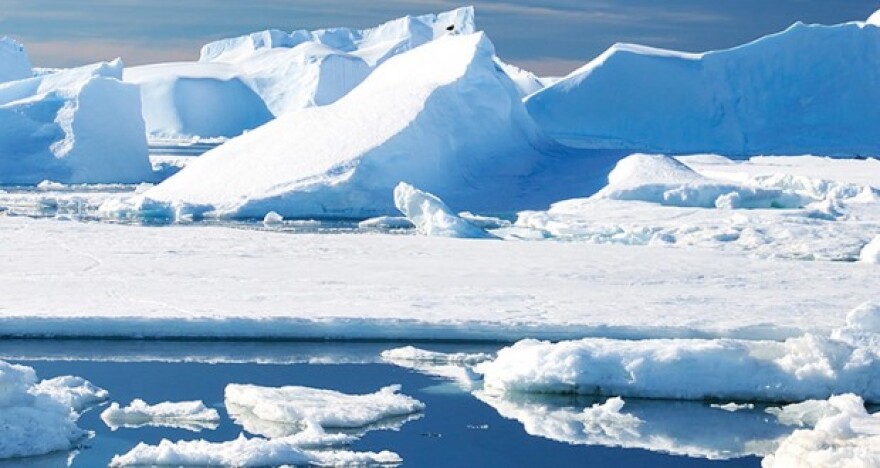What was once a seemingly endless amount of ice in the Arctic is shrinking faster than predicted by most climate change studies.
Many scientists say climate change is the main culprit. But, a UC Santa Barbara climatologist says a new study shows between a third and half of the Arctic ice lost may be due to something that's not a manmade impact. It may be due to nature, through a major shift in wind patterns.
Quinghua Ding is an Assistant Professor in the UCSB Department of Geography. He admits it’s hard to separate ice loss which might be climate change related, and wind shift related. Ding says this heating, which their studies show has been going on for about 30 years, may be coming as the result of a wind patter out of the tropics.
The UCSB researcher admits we don’t have enough information to tell how long they think what they call is a natural variability will impact Arctic ice. Ding says on the current path, between climate change and the wind shift, we could be a half century away from having periods of the year where the about of ice coverage in the Arctic falls below 15%, which is the level where the region would be considered ice free.
But, the researcher says the hard part is accurately predicting what is underway. He says the goal now is to try to come up with more accurate prediction models.
The research project was funded by the National Oceanic and Atmospheric Administration, the National Science Foundation, and NASA. The study was just published in the journal Nature Climate Change.



